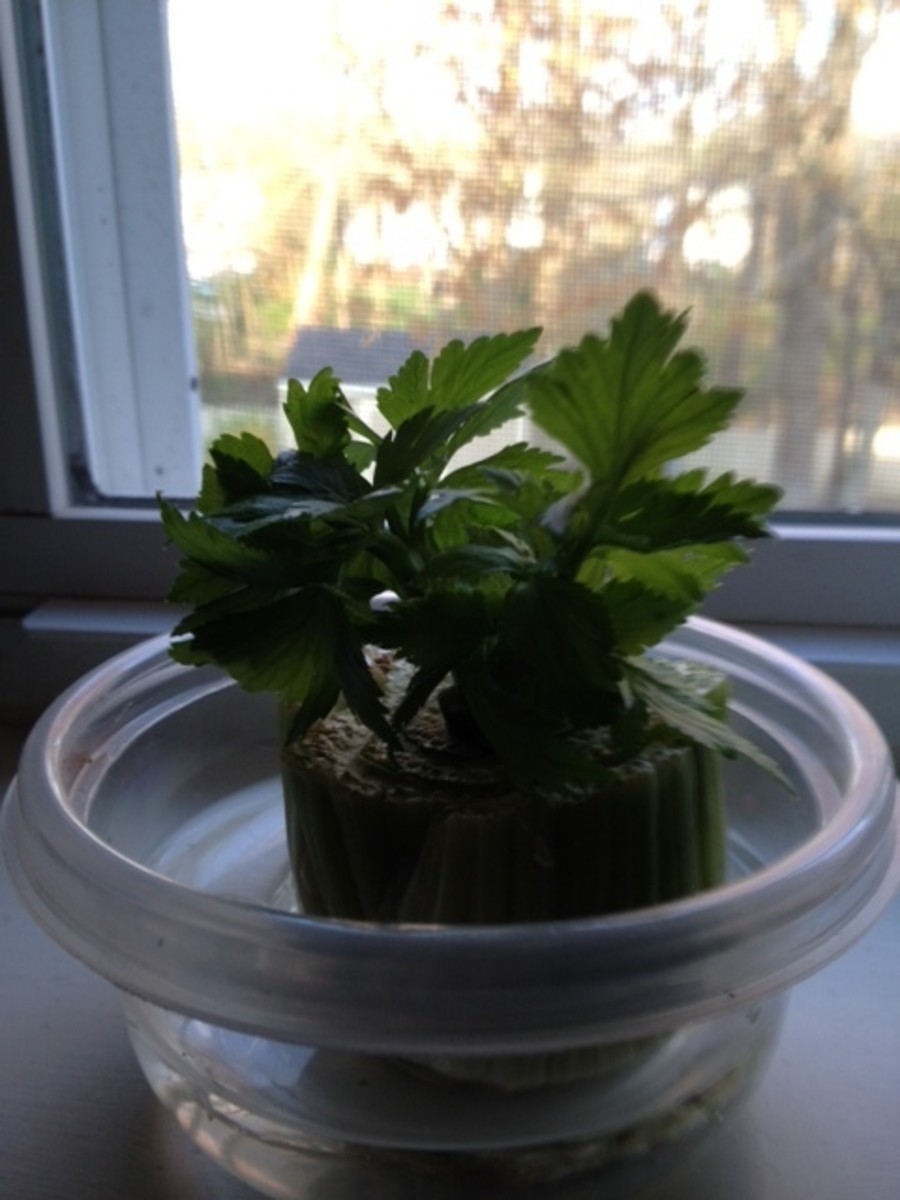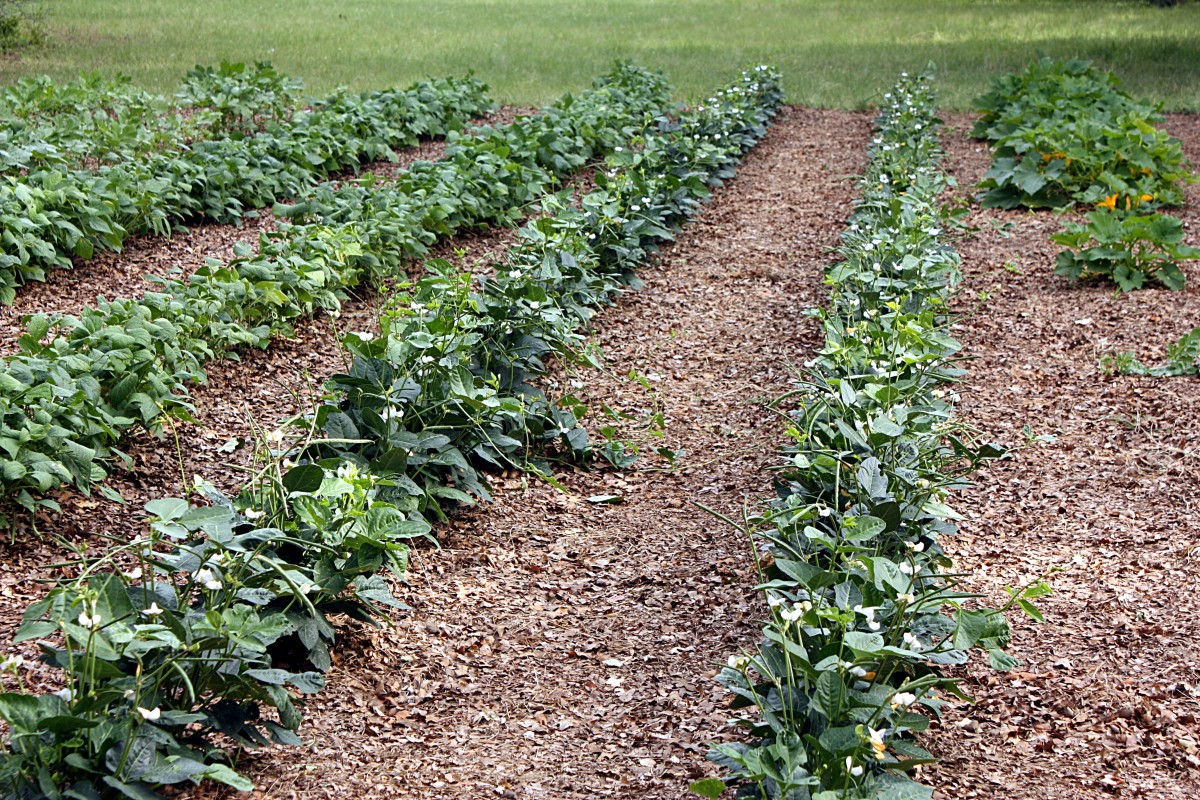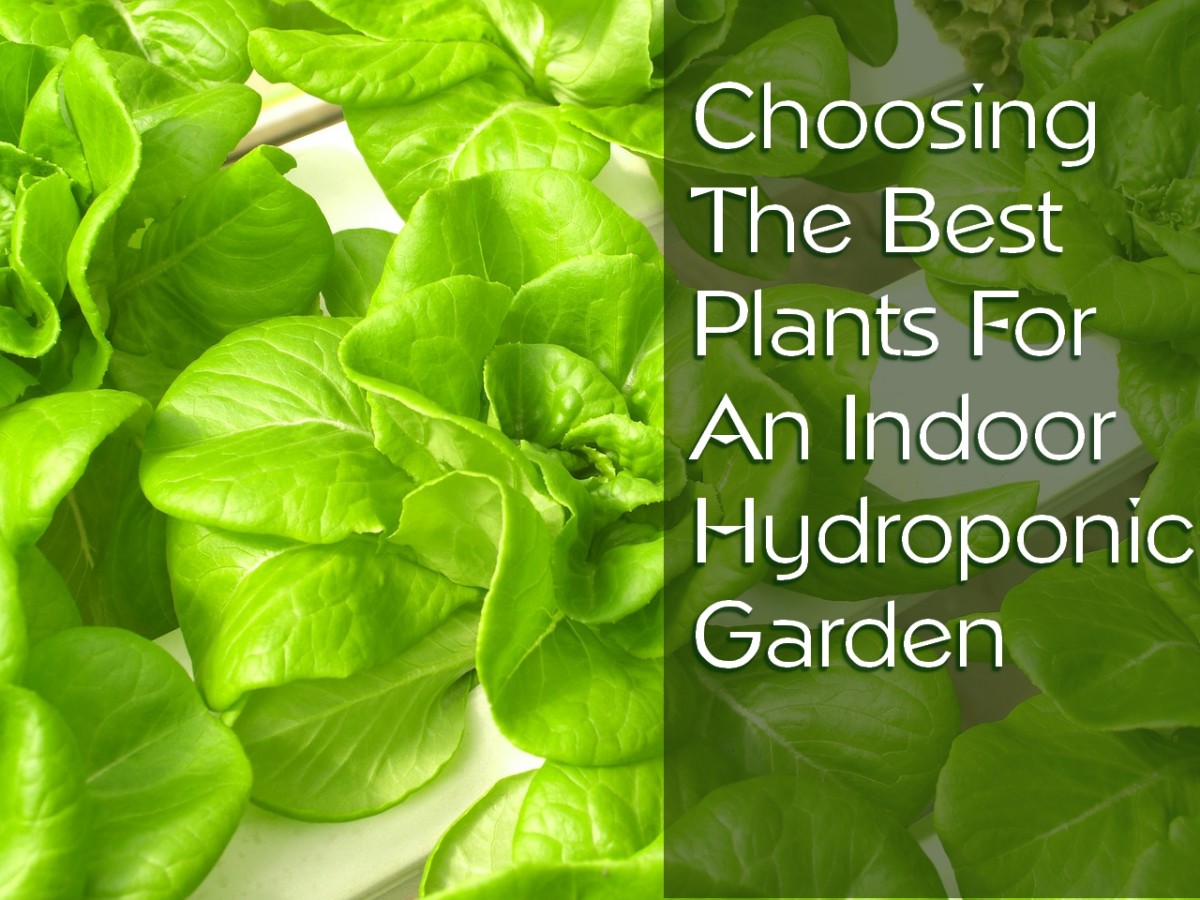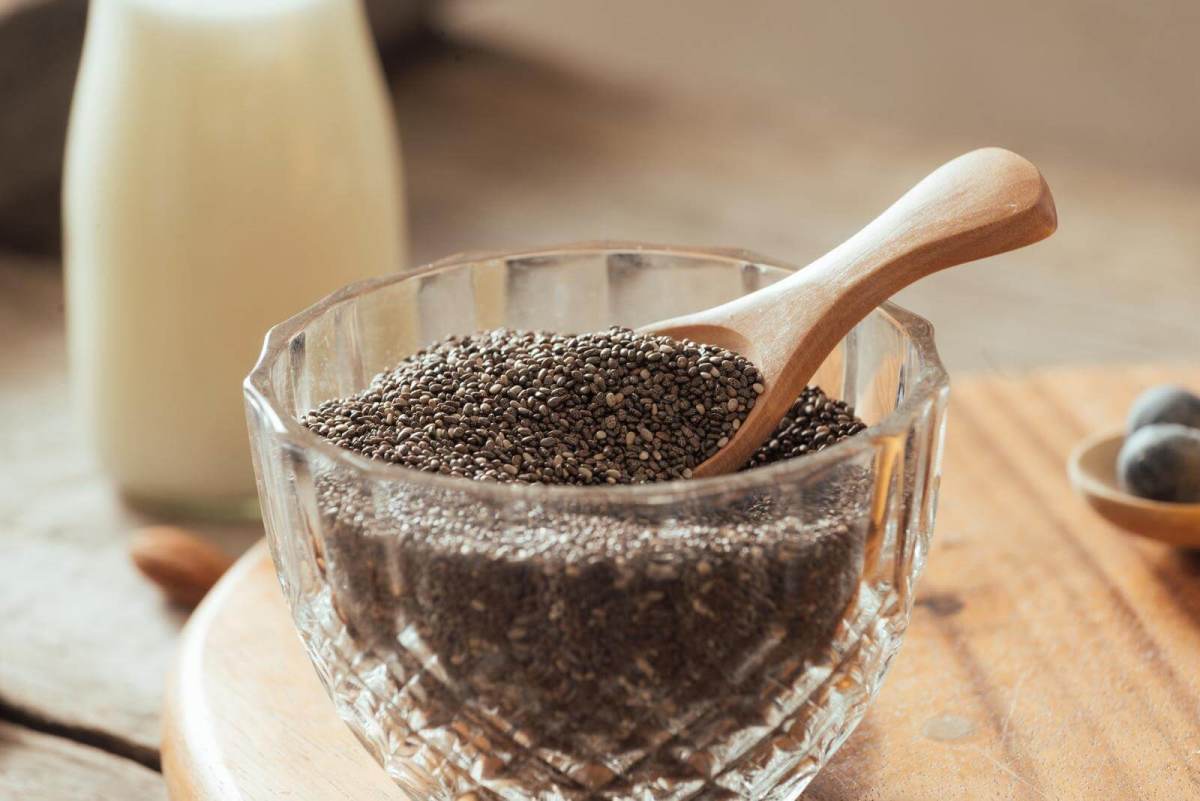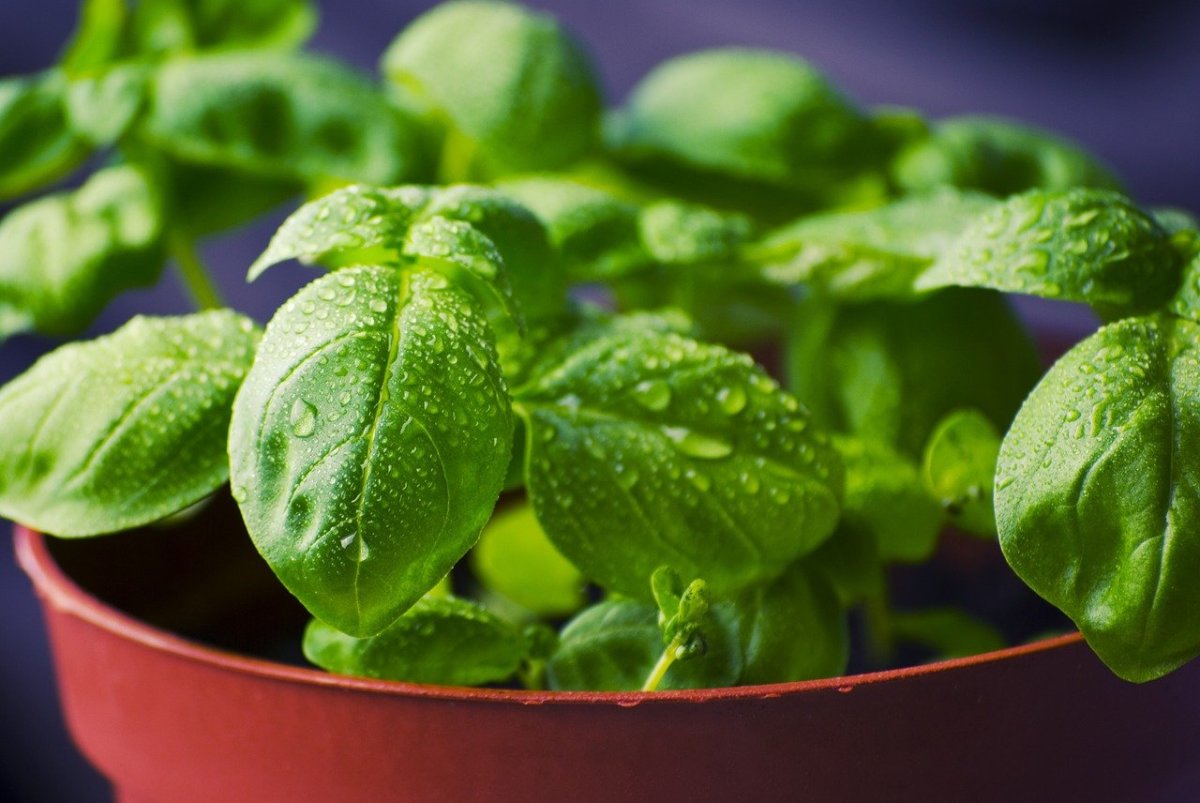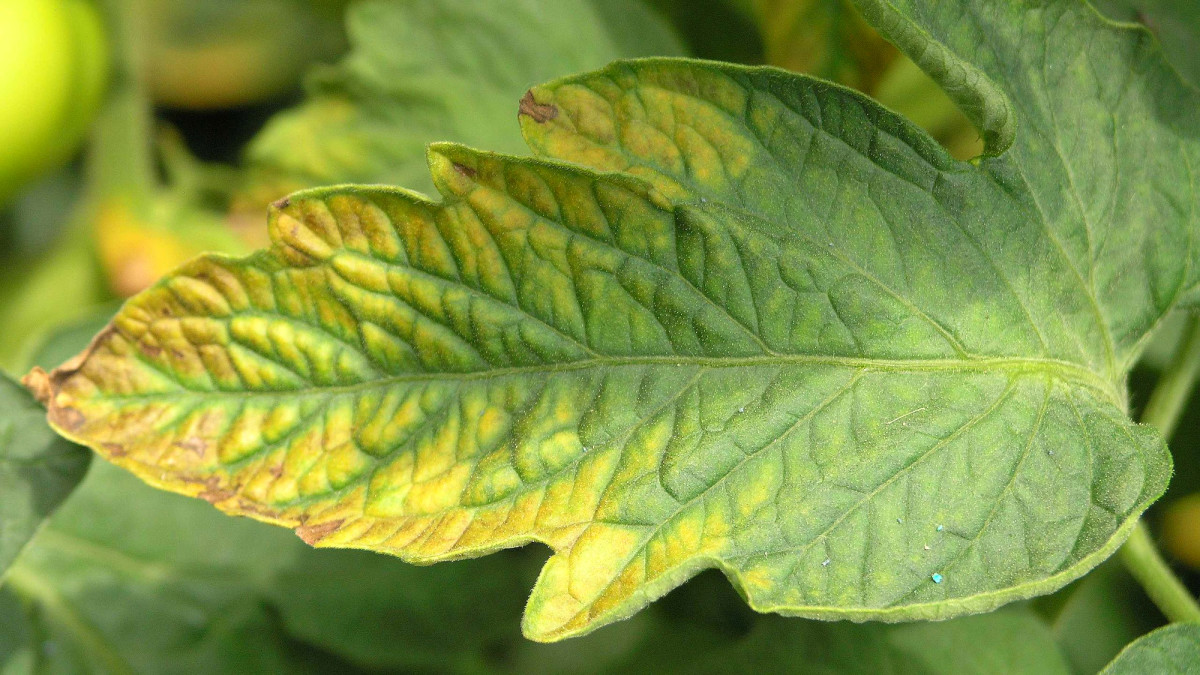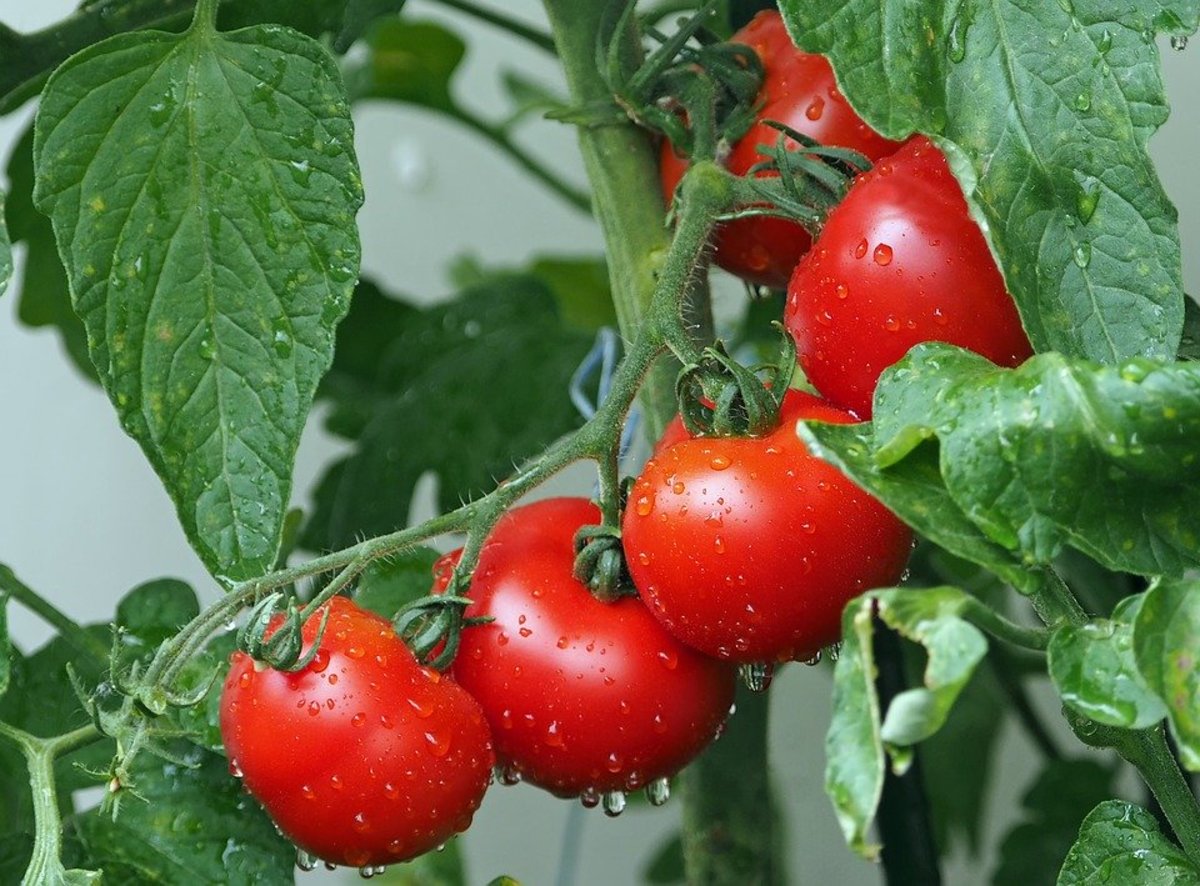How to Grow Hydroponic Vegetables
Growing hydroponic vegetables basically means that the plants grow without the use of soil. Instead of soil, the vegetables require two elements for growth. This includes a nutrient-water solution and some form of a medium, such as vermiculite. The main advantages of growing vegetables hydroponically are that the hydroponic system provides vegetation year round. In addition, without soil the number of bacteria and other pests is reduced significantly.
Evaluate and decide which hydroponic setup is best for the type of vegetables you’re growing. For instance, potatoes, carrots, and other root vegetable require the use of an aeroponics system.
- Begin the plants from a seed. Place the seed in an inert growing medium. Materials for the seed to grow in include a rock wool cube, gravel or a coconut coir, for example. For this instance, the seeds are placed in a rock wool cube.
- Place the seeds in several rock wool cubes. It's standard to insert between two to three seeds in each cube. Place the cubes in a tray.
- Pour enough water into the tray to keep them moist. As a rule of thumb, don’t submerge the cubes in water to the point that they are completely saturated
- Mix the hydroponic plant nutrients with the water. Be sure read the instructions carefully on the ratio of nutrients to water. Don’t mix the nutrients in the water until the plant has sprouted.
- Transplant the seedlings into a net pot, a gravel-filled pot or a Dutch pot filled with lightweight expanded clay aggregate and coconut coir.
- Use a source of artificial sunlight to continue growing your veggies indoors. Fluorescent bulbs are both energy efficient and productive.
- Replace the water and nutrient mixture on a regular basis with new water and nutrients. Do this every one to two weeks. Monitor the water level in between these weeks. Plants need enough nutrients and water to survive.
- Harvest the veggies just as you would an outdoor garden. Enjoy the “fruits of your labor.”

